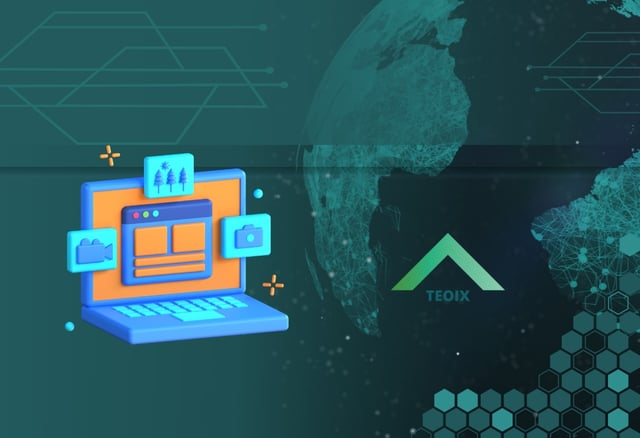Understanding Data Security: Safeguarding Your Digital Assets
SECURITY
5/4/20242 min read


Data has emerged as one of the most precious resources for people, companies, and organizations in today's digitally-driven world. Data security is receiving more attention as a result of the volume of data generated and kept online, including private consumer information and secret corporate documents. However, what precisely is data security, and why is it important in the modern digital world?
The safeguarding of digital data against loss, theft, corruption, and illegal access is known as data security. This includes a broad range of procedures, tools, and approaches intended to guarantee the privacy, availability, and integrity of data. Let's examine these crucial elements in more detail:
Confidentiality:
Maintaining confidentiality entails guarding against unwanted access to private information. This covers financial data, intellectual property, personal information, and other proprietary data. Maintaining confidentiality requires the use of encryption techniques, access controls, and authentication methods including passwords, biometrics, and multi-factor authentication.
Integrity:
Data accuracy, consistency, and unalteredness are guaranteed by integrity. Data integrity safeguards protect against data corruption, tampering, or unauthorized changes. Methods such as digital signatures, hashing algorithms, and checksums aid in the identification of any unapproved modifications to data and guarantee its preservation.
Availability:
Availability guarantees that authorized users can always access data. This entails putting safeguards in place to stop interruptions, outages, or denial-of-service assaults that might affect data access. To guarantee data availability, redundancy, backup systems, disaster recovery strategies, and scalable infrastructure are crucial.
A multi-layered strategy that tackles numerous threats and weaknesses is necessary for effective data protection. Typical data security procedures and tools include the following:
Firewalls:
Firewalls monitor and regulate incoming and outgoing traffic to prevent unwanted access. They serve as barriers between internal networks and external networks, such as the internet.
Antivirus Software:
Malicious software, including as viruses, worms, and ransomware, that can jeopardize data security is found and eliminated by antivirus software.
Intrusion Prevention Systems (IPS) and Intrusion Detection Systems (IDS):
IPS and IDS solutions can automatically stop or react to possible threats and monitor network traffic for unusual activities.
Data Encryption:
Encryption protects data from unwanted access even if it is intercepted by transforming it into a safe format that can only be accessed with the right decryption key.
Furthermore, continual employee education and awareness campaigns are essential for creating a culture of security consciousness and lowering the possibility of carelessness or human error resulting in data breaches.
To sum up, data security is critical to protecting private information and maintaining public confidence in the digital economy. Organizations may reduce risks, safeguard their priceless data assets, and maintain the privacy and confidentiality of people's personal information by putting strong security measures in place. To keep ahead of potential dangers, it's critical to be vigilant and stay up to date on evolving security trends and best practices as cyber threats continue to evolve.


